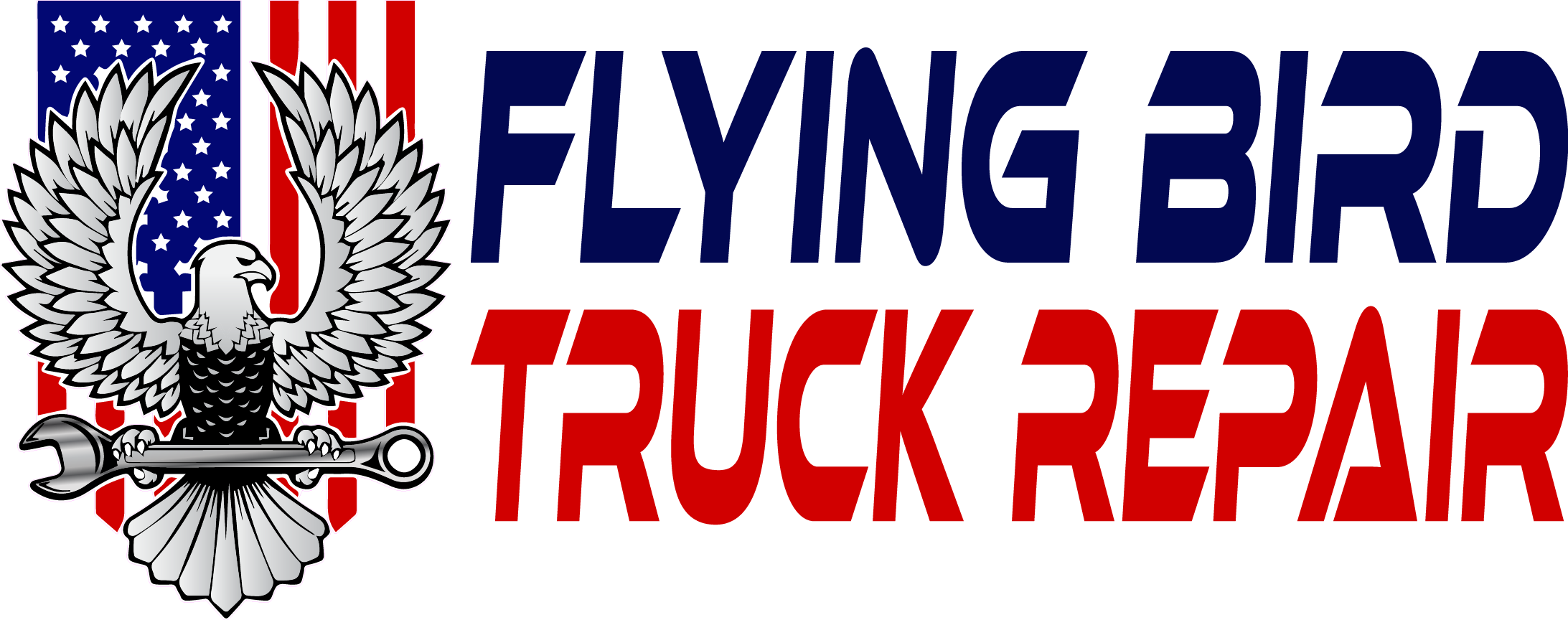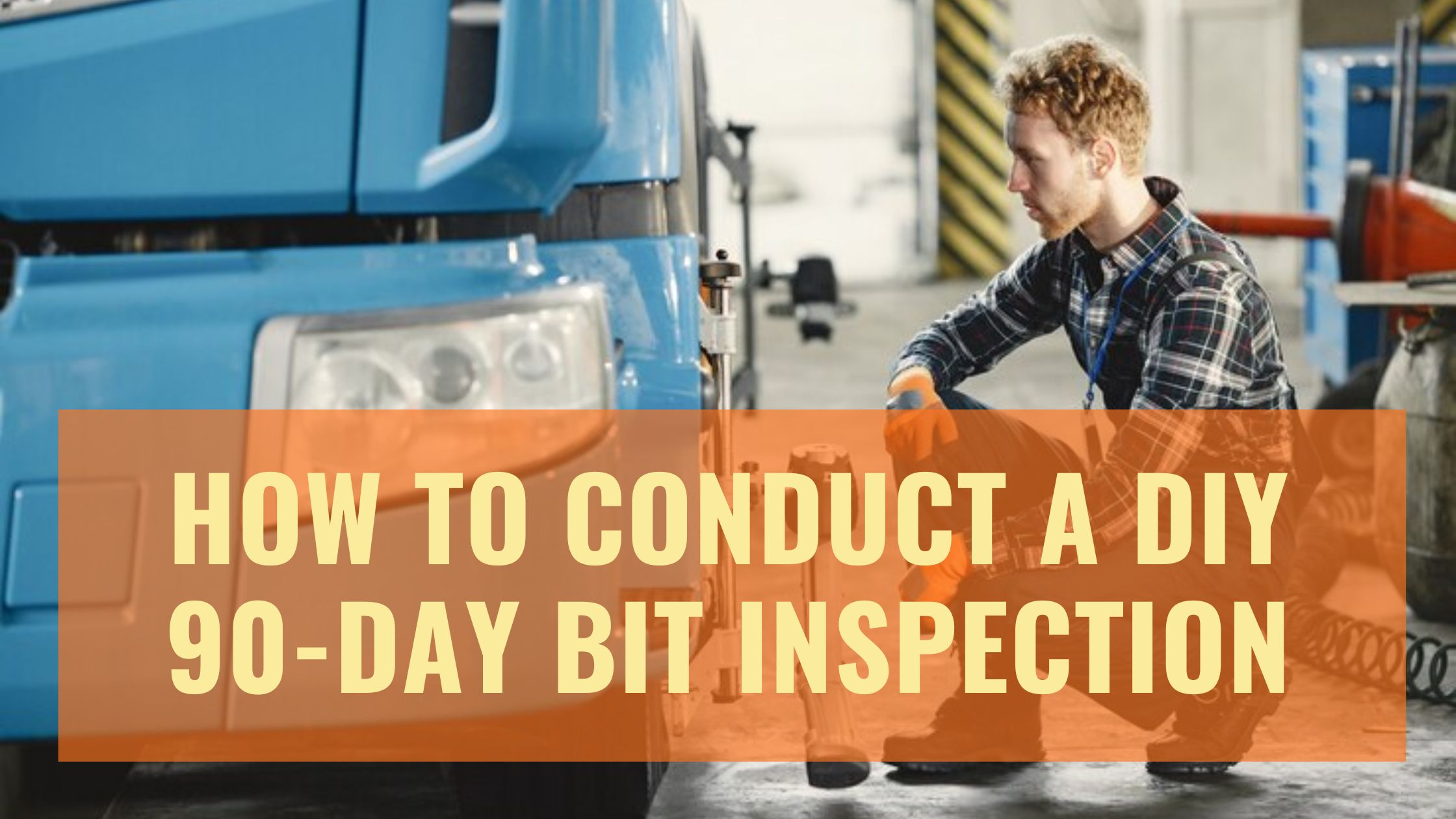Ensuring the safety and best performance of your vehicle is an essential part of riding for every truck driver. While normal maintenance is necessary, the braking system is one important but sometimes disregarded component that needs particular attention. Doing a 90 day bit inspection take a look at in your own might be the difference among a fun drive and a potential collision. In this extensive tutorial, we’re going to stroll you through the steps and offer guidance to help you become an expert at inspecting and maintaining the braking system to your truck.
The Value of Regular Brake Inspections
The braking mechanism of a vehicle is perhaps the most crucial safety feature. Everyday inspections are necessary to locate issues early on, prevent brake failure, and ensure secure stopping. A 90-day bit inspection is a proactive degree to keep your brakes in top-notch condition, enhancing safety and performance.

Tools You’ll Need:
Before diving into the inspection process, gather the following tools to ensure a thorough and effective examination:
- Jack or Stand: To lift the vehicle off the ground, allowing the wheels to spin freely.
- Wrench Set: For removing bolts and calipers.
- Torque Wrench: To ensure proper tightening of bolts during reassembly.
- Brake Fluid Tester: To check the condition of the brake fluid.
- Brake Fluid: In case a top-up or replacement is necessary.
- Brake Cleaner: To clean components without leaving residue.
- C-Clamp or Brake Piston Tool: To compress the brake caliper pistons.
Step-by-Step Guide:
Step 1: Safety First
Safety should always come first before beginning any maintenance operation. Put on the right safety equipment, including gloves and protection glasses, and make certain the motor vehicle is on a strong surface before lifting it with a jack or stand.
Step 2: Visual Analysis
Start the process truck bit inspection by visually inspecting the brake system. Check for leaks, obvious damage, or missing parts. Be mindful of the calipers, hoses, and brake lines. Any anomalies can point to a possible problem that needs further research.
Step3: Examine the brake pads
Examine the damage on the brake pads. Most brake pads have wear signs, which can be tiny grooves that regularly show wear. It is time to replace the pads if they’re getting near the stop in their useful lifestyles or if wear signs are apparent.

Step 4: Measure Rotor Thickness
A micrometer or other specialized tool can be used to determine the thickness of the brake rotors. See the guidebook that comes together with your ride for the manufacturer’s specs. If the rotors are very thin, it could be required to replace them so as to keep effective braking normal performance.
Step 5: Take a look at the brake fluid
Test the level and condition of the brake fluid. A brake fluid tester can be used to decide if the brake fluid needs to get replaced. If the fluid is low or discolored, it is recommended to clean it and update it according to the manufacturer’s directions.
Step 6: Test Brake Lever and Pedal
Engage the brake lever and pedal to assess their feel and responsiveness. They should offer firm resistance without excessive play. If the brake lever feels spongy or there’s excessive play, it may indicate air in the brake lines or a need for adjustment.
Step 7: Inspect Brake Hoses and Lines
Test the brake hoses and lines for any wear, cracking, or bulging signs. Make sure there are no kinks or restrictions that could impede brake fluid flow. Any compromised hoses or strains should be replaced promptly.
Step 8: Caliper Inspection
To examine the pistons, seals, and sliding pins, take off the calipers. Make sure the pistons can move freely and use brake cleaner to clean the calipers. In addition to lubricating sliding pins with the proper brake lubricant, replace any broken seals.

Step 9: Compress Caliper Pistons
Compress the caliper pistons lightly with a C-clamp or brake piston tool. When replacing new brake pads or if the pistons have greatly expanded as a result of old brake pads, this step is essential. If you find anything difficult, search for a 90 day bit inspection near me on Google to find the best repair service such as Flying Bird Repair.
Step 10: Reinstall and Apply Pressure
Reassemble every part, being careful to adhere to the recommended torque values. While under tightening may result in loose components and impaired safety, overtightening may cause harm.
Step11: The Process of Bedding In
It is essential to bed in the new brake pads after reassembly. Select a safe, open area of road, then use the brakes gently so that the brake pads have time to warm up and come into ideal contact with the rotors. Observe the bedding-in procedure instructions provided by the manufacturer.
Tips and Considerations:
- Document Your Inspection: Record your inspections, noting any observations, measurements, and replacements. This documentation can serve as a reference for future inspections and offer valuable data for troubleshooting.
- Follow Manufacturer Guidelines: Always adhere to the manufacturer’s guidelines and recommendations outlined in your vehicle’s manual. Different commercial vehicles may have specific requirements; following these guidelines ensures optimal performance and safety.
- Use Quality Replacement Parts: Invest in high-quality OEM (original equipment manufacturer) or reputable aftermarket parts when replacing brake components. The braking system is a critical safety feature, and compromising quality can have severe consequences.
- Regularly Check Brake Fluid Levels: Brake fluid plays a vital role in the braking system’s hydraulic operation. Regularly check the fluid levels and top up if necessary. Use the recommended brake fluid type for your ride.
- Stay Proactive: Effective brake maintenance requires proactive measures. Future problems that are more serious may be avoided by taking care of possible problems early on. Frequent maintenance, particularly the 90-day bit check, extends the life and dependability of the braking system on your truck.
- Seek Expert Advice on Complicated Issues: See skilled mechanics or technicians if you run into problems that are above your experience level or the scope of a do-it-yourself examination. Your safety and the safety of your truck are of the utmost importance, and getting expert help guarantees thorough and precise answers for commercial truck maintenance.
Conclusion:
For truck lovers, doing a DIY 90-day bit check is a fulfilling and responsible activity. You can extend the life of important parts and guarantee your safety while riding your vehicle by routinely inspecting the braking system. Always remember that your greatest ally for a regulated, comfortable ride is a well-maintained brake system. Develop the habit of doing a 90-day bit inspection yourself, and learn how to maintain your vehicle trustworthy, safe, and road-ready.

